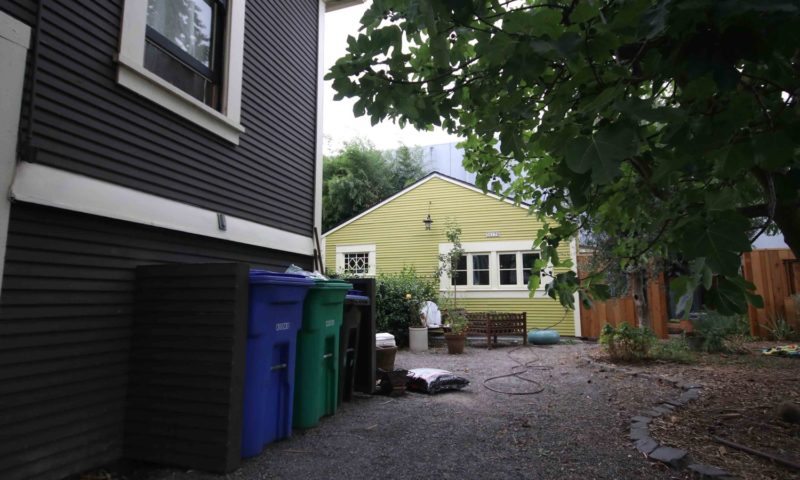COMMENTARY
By Christina Clem
AARP surveys consistently find that older adults want to remain in their current homes and communities for as long as possible. There are some new developments at the community level that will help provide additional housing choices for older adults, and recommendations for how to make any home safer for us and our loved ones.
This past state legislative session, new housing bills were passed that will open the market to new housing options that have been difficult to find in the past. Legislation to reduce barriers to building accessory dwelling units (ADU) or “mother-in-law” spaces, gives homeowners the ability to adapt their property to meet their current and future needs. ADUs can fill many roles, like providing a place for an aging parent to live instead of a nursing home. They can also be used as living quarters for a caregiver or a relative who requires care, or for an adult child who may need to return home after college. ADUs can also provide a steady income stream for homeowners on a fixed income.
In addition to easing the path to ADU construction, new “Missing Middle” legislation will allow for smaller housing units and multi-family housing, like duplexes, fourplexes, and cottage courts. These more modest-size homes can be tucked into existing neighborhoods and provide more options for folks, including empty-nesters and older adults who want to downsize and stay in their community. Creating more affordable housing for low-income and moderate-income levels is critical to achieving the state’s housing goals. This may also help family members who would like to live closer to loved ones who would benefit from having support nearby.
Most houses and apartments aren’t designed to meet the physical changes that occur as we age and are generally not designed for people with disabilities. But there are plenty of tips to make them safer. Adapting a home for aging involves making modifications and adjustments to accommodate the changing needs of elderly individuals. AARP has a program called HomeFit, which includes a room-to-room guide with more than 100 tips and suggestions to make a home more livable for the long run. It includes several no-cost to low-cost ideas, along with projects that will require a handyman or contractor. Here is a list of modifications that are doable regardless of housing type (single-family house, apartment, mobile home, etc.) or ownership status (owner, renter).
- Eliminate tripping hazards. Secure rugs and carpets to the floor or remove them altogether to prevent tripping. Keep the floor clutter-free and cords out of the way.
- Lever-style door handles. Replace doorknobs with lever-style handles, which are easier to use for individuals with limited hand strength or dexterity.
- Bathroom modifications. Install grab bars near the toilet and in the shower or bathtub to prevent slips and falls. Place non-slip mats inside the bathtub or shower to prevent slipping while bathing.
- Proper lighting. Improve lighting throughout the home to reduce tripping hazards. Use brighter bulbs, add task lighting, and consider motion-sensor lights in key areas.
You can learn more about housing options for caregivers and other tips to aid in your caregiving at www.aarp.org/caregiverswa.
Christina Clem is a communications analyst for AARP Washington.
